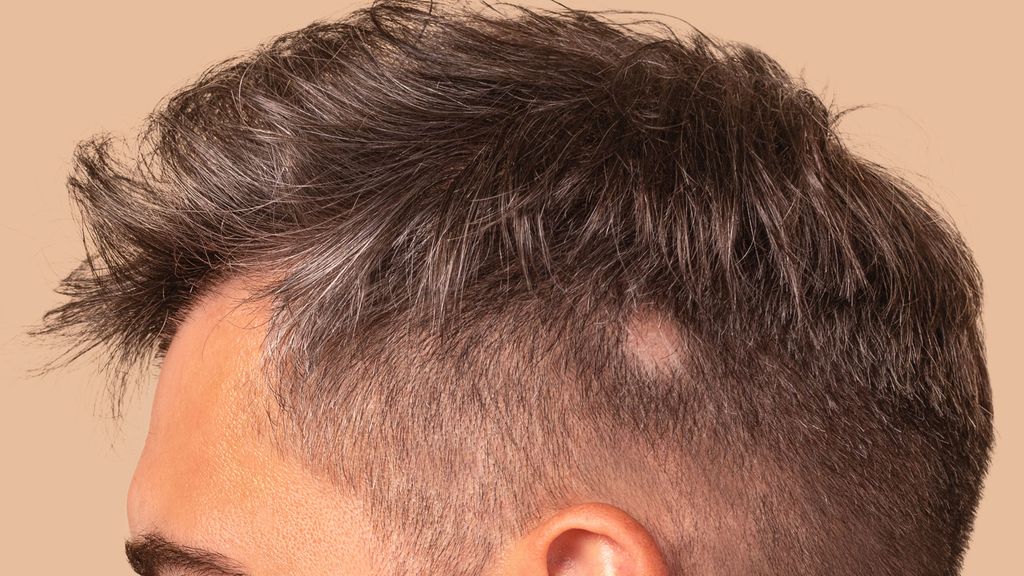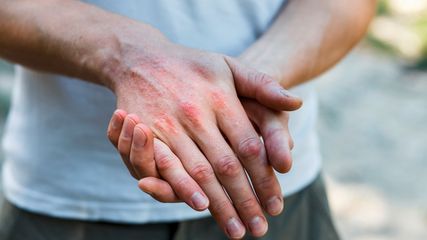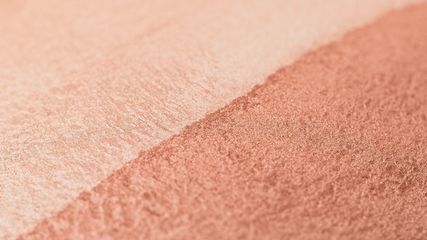
Dualer JAK-Inhibitor bei Alopecia areata
Die Publikationen selektierte:
PD Dr. sc. nat. Emmanuel Contassot
Projektleiter (Forschungsgruppe Navarini)
Abteilung Biomedizin
Universitätsspital Basel
E-Mail: emmanuel.contassot@unibas.ch
Vielen Dank für Ihr Interesse!
Einige Inhalte sind aufgrund rechtlicher Bestimmungen nur für registrierte Nutzer bzw. medizinisches Fachpersonal zugänglich.
Sie sind bereits registriert?
Loggen Sie sich mit Ihrem Universimed-Benutzerkonto ein:
Sie sind noch nicht registriert?
Registrieren Sie sich jetzt kostenlos auf universimed.com und erhalten Sie Zugang zu allen Artikeln, bewerten Sie Inhalte und speichern Sie interessante Beiträge in Ihrem persönlichen Bereich
zum späteren Lesen. Ihre Registrierung ist für alle Unversimed-Portale gültig. (inkl. allgemeineplus.at & med-Diplom.at)
Weitere hier vorgestellte Studien befassen sich mit geschlechterbasierten Unterschieden bei der Inzidenz von Melanomen und der Rolle von Makrophagen bei der Heilung von chronischen Hautwunden.
Efficacy and safety of the oral Janus kinase 3/tyrosine kinase expressed in hepatocellular carcinoma family kinase inhibitor ritlecitinib over 24 months: integrated analysis of the ALLEGRO phase IIb/III and long-term phase III clinical studies in alopecia areata
Ritlecitinib is a dual inhibitor targeting Janus kinase 3 (JAK3) and the tyrosine kinase expressed in hepatocellular carcinoma (TEC) family of kinases. Previous studies (ALLEGRO phase IIa and IIb/III) have shown that ritlecitinib is effective and well tolerated for treating alopecia areata (AA) in adults and adolescents for up to 48 weeks. In a study published in the British Journal of Dermatology, Piliang et al. evaluated how well ritlecitinib works over 24 months and how safe it is over a longer period. People aged 12 and older with AA and at least 50% scalp hair loss, who had completed up to 48 weeks in the earlier ALLEGRO study, continued treatment in this long-term study. After 12 months, about 45% of patients showed significant scalp hair regrowth, and by 24 months, this increased to over 60%. Eyebrow and eyelash regrowth also improved, with more than half of the patients seeing positive changes. Patient satisfaction increased as well, with around 70–76% of participants noticing improvement by month 24. No unexpected side effects were reported. Ritlecitinib continued to show strong and lasting hair regrowth benefits beyond one year. It was well tolerated, making it a promising long-term treatment option for people with AA.
Publication:
● Pilian M et al.: Efficacy and safety of the oral Janus kinase 3/tyrosine kinase expressed in hepatocellular carcinoma family kinase inhibitor ritlecitinib over 24months: integrated analysis of the ALLEGRO phase IIb/III and long-term phase III clinical studies in alopecia areata. Br J Dermatol 2025; 192(2): 215-27. doi: https://doi.org/10.1093/bjd/ljae365 (letzter Zugriff: 13.2.2025)
Does sex matter? Temporal analyses of melanoma trends among men and women suggest etiologic heterogeneity
A study published in the Journal of Investigative Dermatology highlights significant sex-based differences in melanoma incidence, revealing distinct patterns in body site distribution that change with age. Men exhibit higher melanoma rates on the trunk, head, and neck, particularly as they age, while women show a greater incidence on the lower limbs, especially in younger years. These trends, observed across multiple populations, suggest that differences in UV exposure—shaped by occupational, recreational, and behavioral factors—play a key role, though biological mechanisms may also contribute. The distribution of nevi in childhood mirrors these patterns, and emerging genetic research, such as the potential role of the MDM4 gene (contributing to cell growth and survival and encoding a protein that binds to the estrogen receptor) in women, suggests an inherent sex-specific susceptibility. While the study benefits from extensive population-based data, its ecologic nature limits causal conclusions. Nonetheless, these observations emphasize the need to consider sex as a critical factor in melanoma risk and call for further research into the genetic and cellular mechanisms underlying these differences, which could inform targeted prevention strategies.
Publication:
● Olsen CM et al.: Does sex matter? Temporal analyses of melanoma trends among men and women suggest etiologic heterogeneity. J Invest Dermatol 2025; 145(1): 135-43. doi: https://doi.org/10.1016/j.jid.2024.05.011 (letzter Zugriff: 13.2.2025)
Orchestration of macrophage polarization dynamics by fibroblast-secreted exosomes during skin wound healing
Chronic cutaneous wounds affect 1–2% of the global population and pose a significant clinical challenge. Macrophages play a dual yet essential role in skin wound healing, driving early proinflammatory responses and later facilitating anti-inflammatory tissue repair. A seamless transition from the inflammatory M1 state to the proresolving M2 phenotype is crucial for efficient healing. However, the mechanisms governing this macrophage shift in response to the evolving tissue environment remain unclear. The present study highlights the critical immunomodulatory role of fibroblast-derived exosomes — nanoparticle-sized vesicles secreted by fibroblasts — in regulating macrophage functions. These exosomes orchestrate macrophage phenotype transitions with precise spatial and temporal control, independent of direct cell-to-cell contact. While they enhance macrophage sensitivity to M1 and M2 polarization cues, they also accelerate the timely shift from M1 to M2 states. Inhibiting exosome function disrupts macrophage dynamics, leading to excessive inflammation and impaired healing. Conversely, supplementing with fibroblast-derived exosomes restores balanced macrophage activation, resolving inflammation and promoting effective wound repair in diabetic mice. These findings establish fibroblast-secreted exosomes as key regulators of macrophage polarization, facilitating tissue repair. Harnessing exosomes presents a promising therapeutic approach to modulate macrophage activation and improve healing outcomes in chronic inflammatory conditions.
Publication:
● Cheng C et al.: Orchestration of macrophage polarization dynamics by fibroblast-secreted exosomes during skin wound healing. J Invest Dermatol 2025; 145(1): 171-84. doi: https://doi.org/10.1016/j.jid.2024.05.007 (letzter Zugriff: 13.2.2025)
Das könnte Sie auch interessieren:
Update atopisches Ekzem
In den vergangenen Jahren haben sich das Verständnis des atopischen Ekzems (AE) sowie die therapeutischen Möglichkeiten deutlich weiterentwickelt. Und der Weg ist noch nicht zu Ende ...
Coaching für Ärzt:innen: Klarheit finden, an Stärke gewinnenEinblicke in den Coachingprozess
Die Anforderungen an Ärztinnen und Ärzte in Kliniken und Praxen sind enorm. Neben fachlichem Können werden täglich auch persönliche Ressourcen wie Resilienz und Entscheidungsstärke ...
Die menschliche Haut in der modernen Kunst
Dr. Ralph Ubl, Professor für neuere Kunstgeschichte an der Universität Basel, stellte sich der schwierigen Herausforderung, einem Raum voller erwartungsvoller Dermatologen das Organ Haut ...


